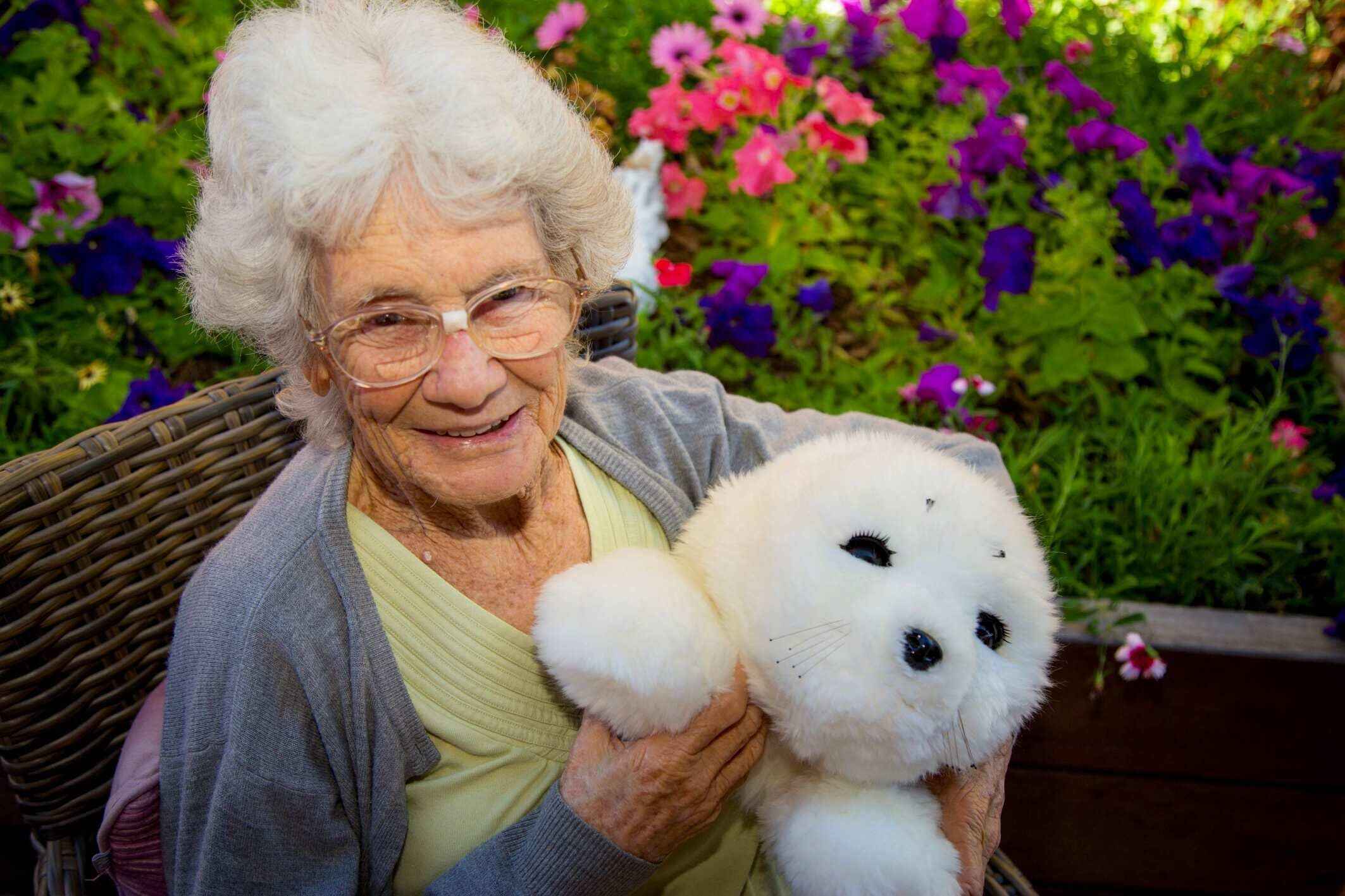
The term “loneliness” is heard of more often these days. Despite the high-speed connections today, more and more people experience bouts of loneliness. Amongst the millions of people resides a population that has long combatted with this emotion. A study conducted by the World Health Organization (WHO) predicts that 1 in 6 people will be above the age of 60 by 2030. Even today the elderly population is rapidly rising in countries like China, Japan, Italy and the US. Along with issues like chronic illnesses, a large population of the elderly fi ght with loneliness - with reasons ranging from living alone, losing family or friends or retirement. As the best medicine for loneliness is some form of interaction, a quirky solution is being implemented for the elderly. Befriending robots to combat loneliness. Meet Paro, a therapeutic robot developed by Japanese company AIST. Paro is found in hospitals and elderly care facilities, where it provides company and cuddles for the elderly. Responding to touch and sound, if Paro is stroked, it will try replicating the behaviour to be stroked again. Resembling a baby harp seal, Paro has found immense success amongst residents of Gunther Village, an old-age care facility in rural Queensland, Australia. Paro’s popularity is attributed to its unconditional love, nuzzles and calming effect on residents. Not only did the elderly bond with Paro, but also began socializing with their fellow residents and forging bonds. And Paro is not the sole robot out there. Various studies throughout the world have been conducted to explore this possibility - with diff erent robots. Humanoid robots, therapeutics robots to telepresence robots - all aimed to form human-like interactions with people - have been used to determine whether technology can play a pivotal role in tackling a human emotional response. While a final verdict is yet unheard of, our friendly robots have evoked mixed responses amongst people. Robots have certain capabilities humans lack - not getting tired, not taking off ence, capable of repeating something continuously - amongst several qualities. What they do lack is emotional intelligence and expressing kinaesthetic feelings - which are qualities of a human. Researchers have determined that robots can encourage the elderly. Diff erent robots can aid the elderly with diff erent needs, be it somebody with dementia or a person suff ering from a physical disability. At a time when cracks have been noticed in aged-care facilities, robots can lend a helping hand in making life easier for the elderly and their care takers. On the downside, owning an expensive robot is for the privileged few - whilst the others have to seek other avenues to tackle loneliness. A major concern for researchers is the possibility of the elderly cutting off interactions with humans for the convenience of a robot. Th is could threaten the very aim of the robot’s role - and is researched by experts. Despite the concerns, will robots soon become an essential companion for the elderly - and perhaps younger populations too? Possibly.
10 Jan 2022
Krishna Barot